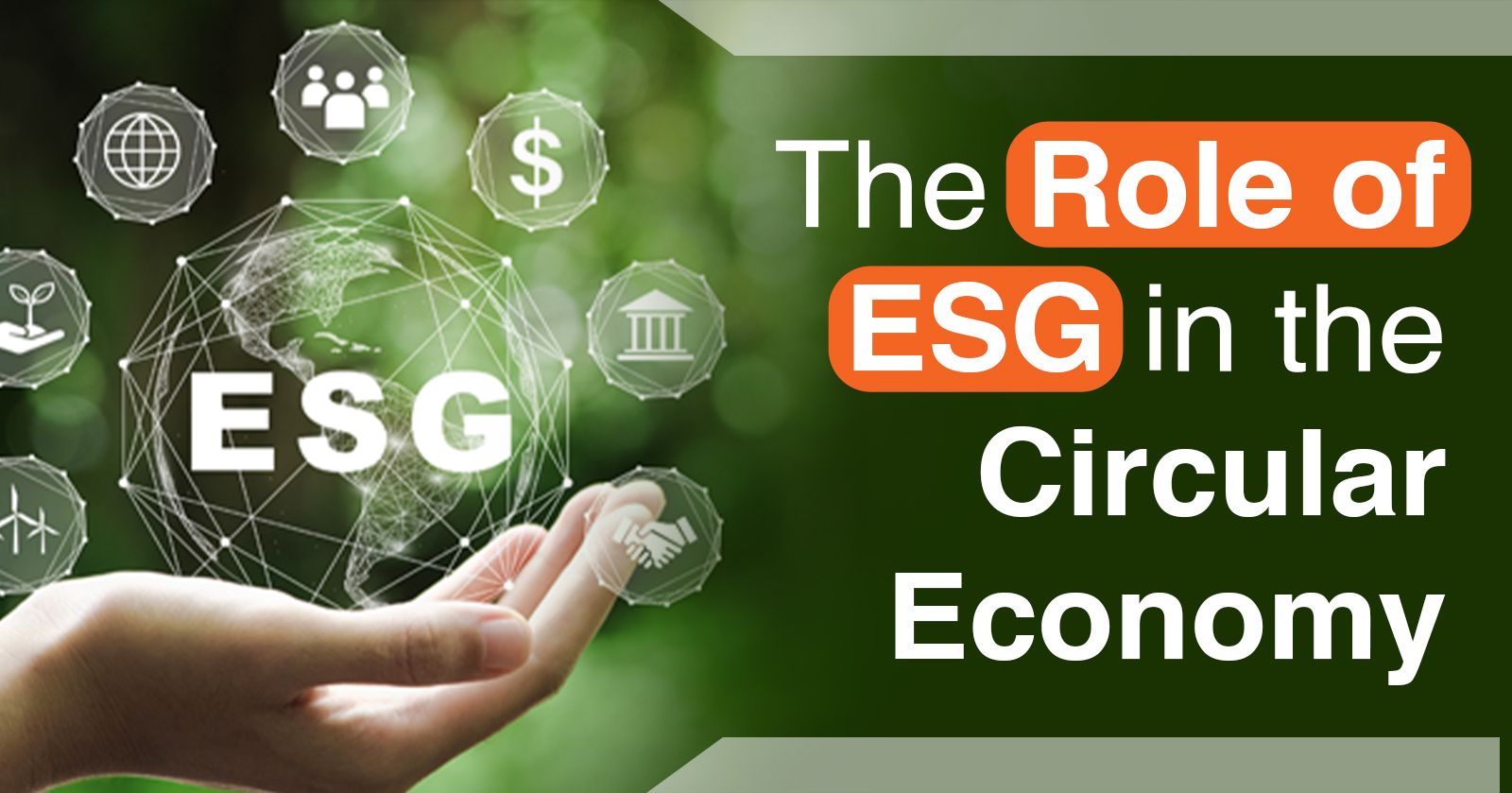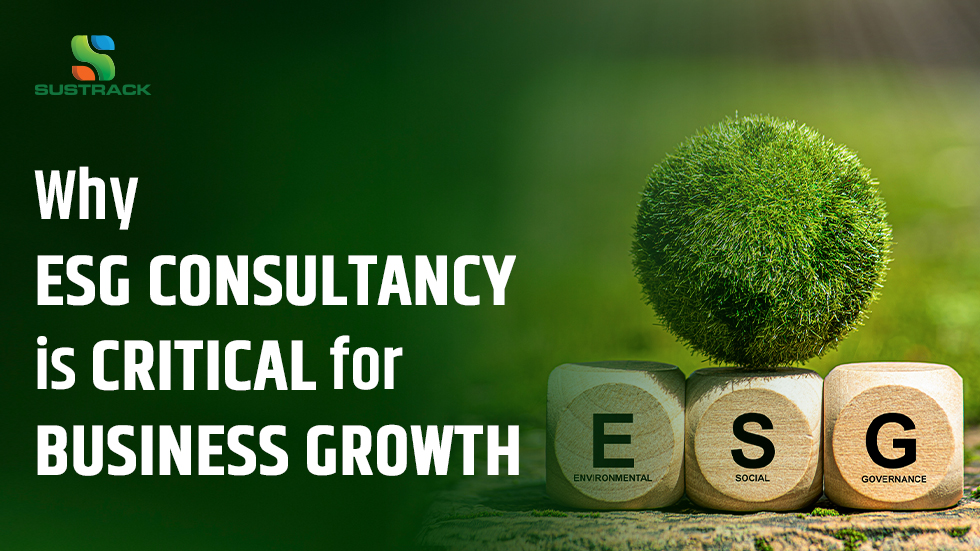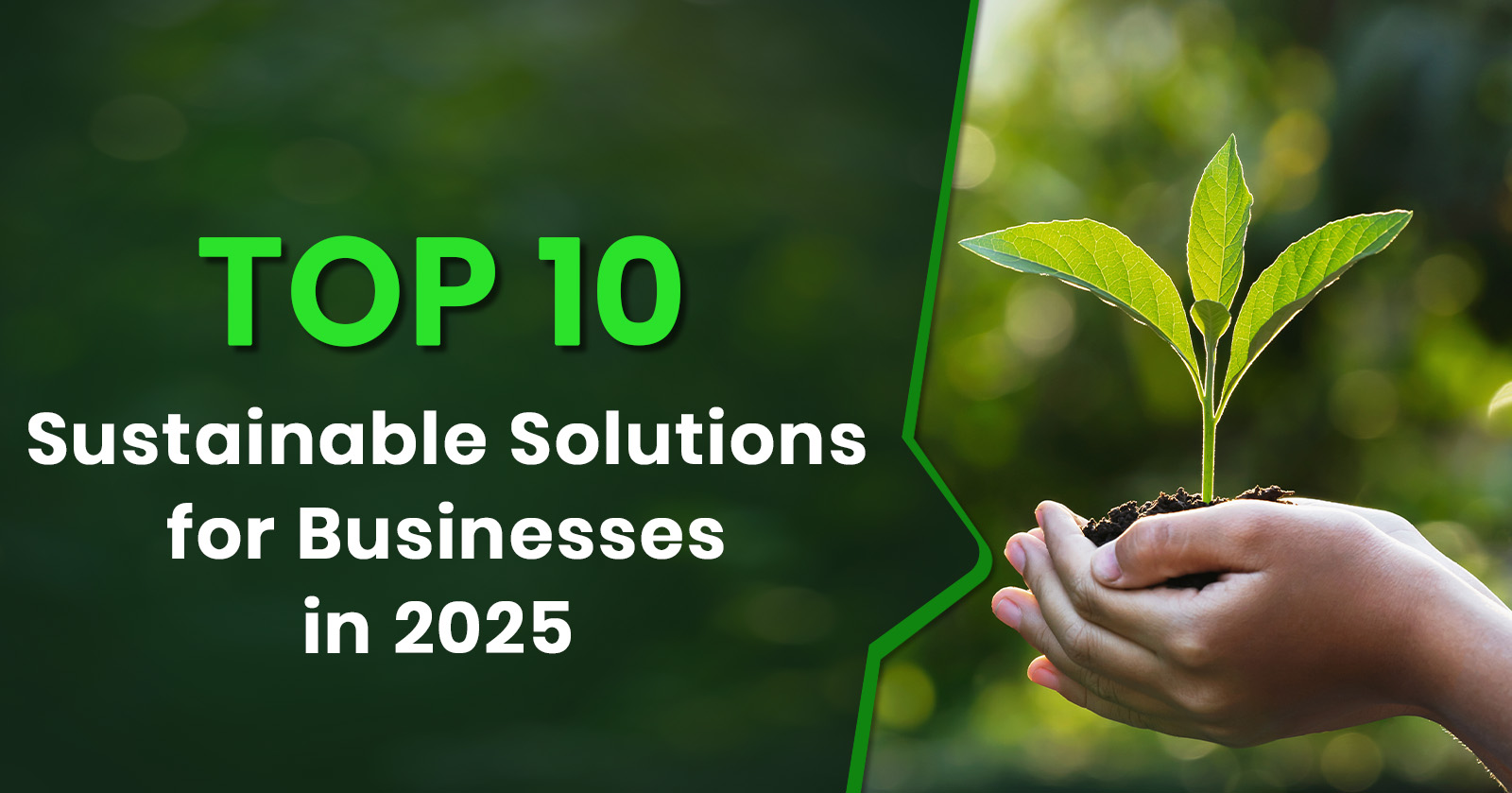The Role of ESG in the Circular Economy

Today, businesses should care not only about profits but also about their effects on the environment and society.
The circular economy keeps products and materials in use longer through recycling, reusing, or repairing, helping reduce waste, save resources, and support a sustainable economy.
Using ESG (Environmental, Social, and Governance) principles in circular practices helps companies implement waste reduction ESG and ESG recycling initiatives while building circular supply chains that are efficient and transparent.
Companies that follow ESG-driven circular models can reduce environmental impact, cut costs, encourage innovation, and create long-term value for manufacturers, supply chains, and consumers.
In this article, we will look at what the circular economy is, how ESG helps reduce waste and promote reuse, its benefits for manufacturers, supply chains, and consumers, examples of companies adopting circular models, and the role of ESG in driving the circular economy.
What Is the Circular Economy?
The circular economy focuses on keeping products and materials in use for as long as possible, even if they’re reused in a different form. The main goal is to reduce waste by recycling, reusing, or repairing products. This helps save natural resources and keeps the environment cleaner.
Using fewer new materials not only reduces environmental damage but also saves billions of dollars otherwise spent on waste disposal and raw material extraction. That’s why the circular economy is an essential part of any sustainability strategy.
To drive this change, several key initiatives are already underway. The European Commission launched the European Green Deal in 2019 and the Circular Economy Action Plan in 2020, which includes steps to be achieved by 2025. On a global level, the United Nations’ 17 Sustainable Development Goals (SDGs) can also be achieved in large part through circular economy practices.
How ESG Supports the Development of a Circular Economy?
The concept of ESG and Circular Economy is reshaping how businesses operate in today’s world. A circular economy focuses on reducing waste and getting the most value out of resources by reusing, recycling, and upcycling materials.
Instead of the usual take-make-dispose approach, it encourages reusing materials to support a more sustainable economy.
Building a circular economy requires investment and long-term effort, and ESG principles play an important role in guiding this process.
ESG’s environmental guidelines help companies cut emissions, save energy, and use cleaner technologies. This supports circular supply chains where products are reused, repaired, or recycled instead of thrown away.
Sustainable investing also plays a important role. When investors focus on ESG-friendly businesses, they fund companies that use circular business models, develop green technologies, and support a sustainable economy.
Social responsibility ensures that the shift toward circularity benefits communities as well. It encourages fair labour practices, local engagement, and equal access to resources, creating inclusive growth.
In short, ESG principles guide businesses and investors to collaborate in building a circular economy powered by circular supply chains and sustainable practices, ultimately supporting the UN Sustainable Development Goals (SDGs) and a more sustainable economy for the future.
ESG Role in Reducing Waste and Promoting Reuse
ESG and Circular Economy share a common goal: creating a sustainable economy through responsible business practices. The environmental part of ESG helps companies reduce waste, lower emissions, and use resources wisely.
Using circular supply chains, they can make products that are easier to repair, recycle, or reuse, keeping materials for long term usage.
The social part of ESG encourages fair labor practices and community participation, helping local recycling and waste programs. Governance ensures companies are transparent and accountable in using resources and reducing waste.
By aligning recycling and waste reduction efforts with ESG goals, companies not only follow regulations but also create value, build their reputation, and build trust with stakeholders.
Circular Supply Chains: Driving a Sustainable Economy
The backbone of a circular economy is circular supply chains, where materials are kept in use for as long as possible. Companies using these supply chains employ technologies like digital tracking, AI, and blockchain to monitor materials and ensure transparency.
From using recycled materials to take-back programs, circular supply chains change how businesses produce and consume.
By combining ESG and circular economy practices, companies can reduce waste, fix inefficiencies, and improve sustainability performance.
For example, ESG-driven circular supply chains help manufacturers make longer-lasting products, lower production costs, use fewer new resources, and improve ESG ratings, while supporting a sustainable economy.
Benefits for Manufacturers, Supply Chains, and Consumers
Applying ESG and circular economy practices provides clear benefits for all industries.
For Manufacturers: Reduced material costs, improved production efficiency, and followed environmental standards.
For Supply Chains: Better tracking, reduced waste, and smoother logistics.
For Consumers: Sturdy, repairable, and eco-friendly products.
Examples of Companies Adopting the Circular Model
Many global companies are now following the circular economy and following ESG principles closely.
- IKEA wants to be fully circular by 2030, making all products from renewable or recycled resources.
- Unilever has started ESG recycling initiatives, making all its plastic packaging reusable, recyclable, or compostable.
- The “Daisy” robot by Apple breaks down iPhones to recover important materials, showing technology’s role in a sustainable economy.
- Patagonia encourages customers to repair, reuse, and recycle clothing, reinforcing the link between ESG and waste reduction.
Wrapping Up
Combining ESG and circular economy principles is essential for a sustainable economy. Using circular supply chains, focusing on waste reduction ESG, and applying ESG recycling initiatives helps businesses reduce environmental impact, work more efficiently, and create lasting value for manufacturers, supply chains, and consumers.
Companies like IKEA, Unilever, Apple, and Patagonia show that ESG-driven circular practices are good for the environment and profitable too. These actions boost innovation, reduce costs, enhance reputation, and strengthen long-term stability.



